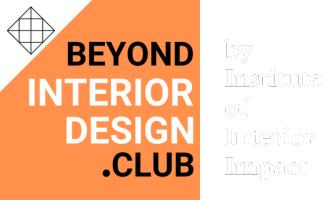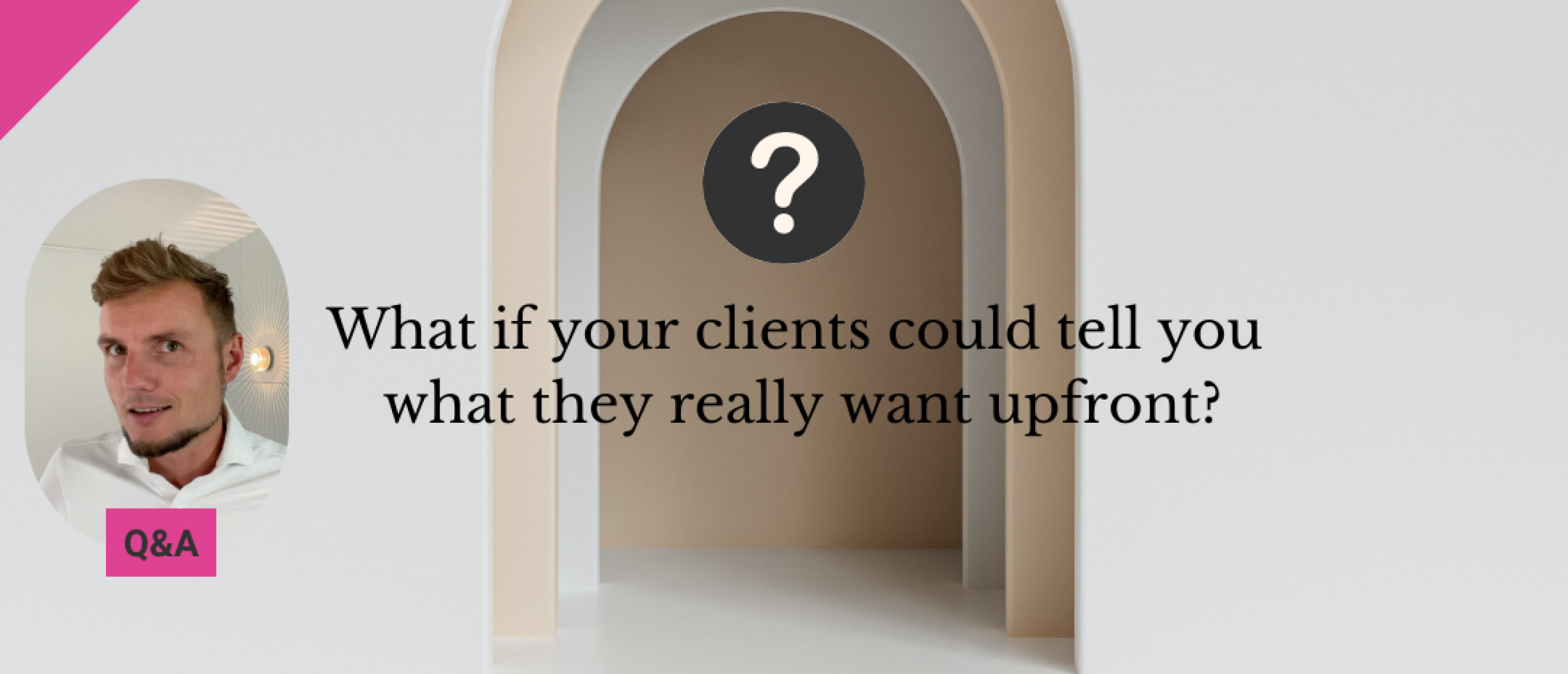We are creatives. We may have radical ideas - in fact, that's the reason people hire us! Clients claim that they're looking for that, - the outside the box solutions - but at times they simply can’t seem to acknowledge our design ideas. They don't understand our design decisions, regardless of how beautiful and solid our suggestions are. It makes them uneasy. And then you simply want to know one single skill: how do I clearly communicate to my client why this is the best option for them!
So they simply take your advice and will not apply your idea in a different way. Because if that occurs, all of it has been completely and totally done for nothing… I'm familiar with them. These projects. I'll always remember them... During such times, I wonder: Why did you hire me in the first place? If you're not willing to listen to me anyway? You've certainly had that experience as well: a sense of powerlessness, because you can't seem to get your wonderful, amazing ideas - your creative excesses across. Why don't they simply 'dare' to do it?
In this blogpost I will introduce you to three of my basic principles. These principles are 'tasteless or styleless,' as we like to remark in a jokey way. As they are not about 'beauty', not about 'ugly', not about 'trends'. They are part of what we call our "Heaven Eleven".
So… Whatever you like, whatever style you have, whatever your client wants... these fundamental principles always work. You may simply adopt them in your interior design firm and attain the same success with them. If not more. Take out a piece of paper and a pen and actually participate!
Let's begin with the fundamental principle. 1: FEW AND LARGE
Let's put this fundamental idea to the test! Is it always true? Is it always useful? I'd want to ask you a question. What would you do with a limited amount of space? Would you pick large furnishing items if you were to create a little space? I'll ask you once more: If you had to arrange a small room, would you go for large furniture? Yes or no?
I'm not telling you this because I want to teach you about design. The true reason I'm telling you this is to show you what's going on in your clients' heads. Alright? Let us proceed: So, once more: You need to design a small space. Do you recommend a lot of little items or big pieces of furniture? Your client make the mistake of selecting little furniture items. It may seem counterintuitive, but you and I know bigger furniture makes even tiny spaces appear larger. Big is always more impressive and provides greater peace of mind. You don't want to clutter it up with small pieces of furniture, either.
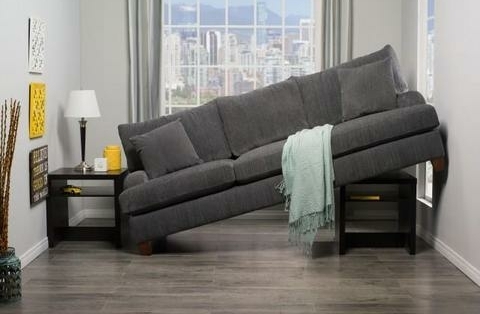 Okay, maybe too large...
Okay, maybe too large...
So, yes! Even in a small space you choose large furniture. And the thing is: you may also tell the exact same story to your clients.
Because that is exactly what I do! I always show my clients which design guidelines or design principles I apply before I begin designing. This helps them understand my design decisions. If they don't understand me, I can always rely on my design principles. I also have them printed for them. They explain in layman's terms why this is the best option for them. Thus, I'd suggest, start with the three concepts I'm sharing with you today! Your clients will start understanding your creativity?
If you choose to follow our 4D Signature Strategy Training, we will Detect, Develop, Describe, and Deploy all your own unique design principles. You will also start to feel the power of sharing your own design principles in this way. You'll like it since it's all about your own personal signature!
Okay, let’s move on: The second design principle is Functionality.
We interior designers aren't exactly famed for our 'functionality skills'! In the eyes of our clients, we prefer aesthetics over functionality. That's why for us 'functionality' is a valuable basic principle to communicate to our clients. This way they know you will also take care of this.
But keep in mind that 'useful' or 'functional' will mean something different to everyone!
But keep in mind that 'useful' or 'functional' will mean something different to everyone! Some clients will tell you that a glass table is practical, while others will tell you the exact opposite. 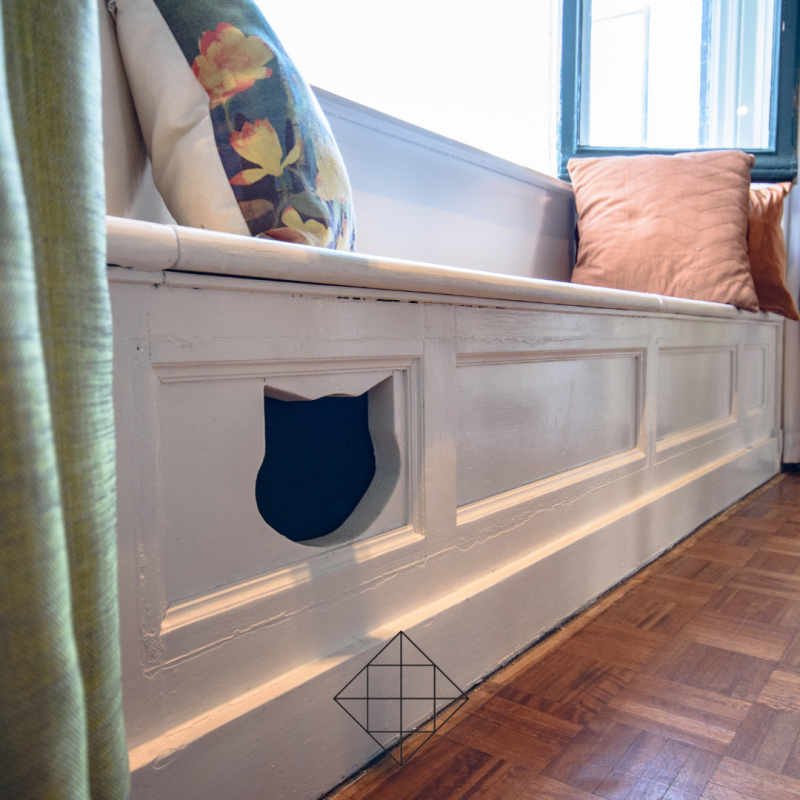 Functional solution in interior design
Functional solution in interior design
A quick story
We used to have a glass table while I was still living with my parents. Three connected round glass tabletops that could be rotated, each on a single glossy leg, at various levels, on a circular chrome base plate. Welcome to the Dutch interior design trends in the nineties!
My parents believed it was practical and low-maintenance. And I thought it was terrible: you had to use coasters to keep your beverage glass from staining, and glass-on-glass doesn't seem appealing either. Then you had to be cautious not to bump your leg against the fragile glass disk when passing by the table. I just had the impression that this table couldn't stand anything! Childhood trauma... 😉
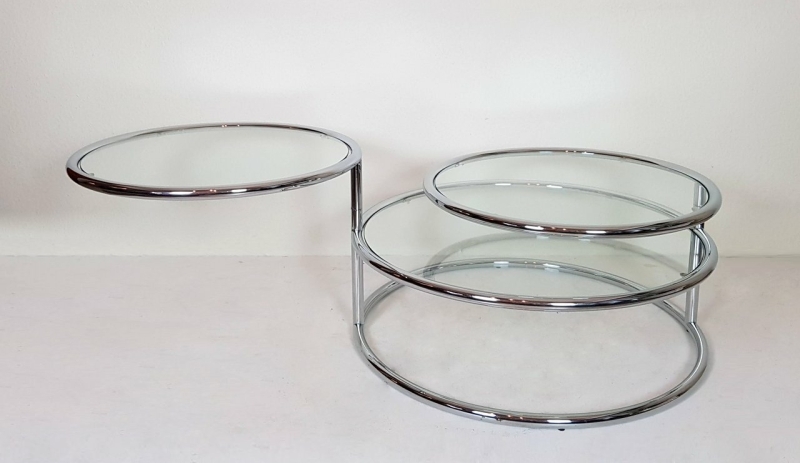 The table looked a bit like this
The table looked a bit like this
Another example: GLOSSY SURFACES: What is your recommendation? Some people may argue h igh gloss is simple to clean. Some will warn you that any stain will be visible on a glossy surface. You can make better design decisions if you know exactly what your client thinks. More sustainable choices, better-fitting options. More trust. You will see that they will be happier with their purchases. Thus more satisfied clients! Not just now, but also in the long run.
Let’s do another one. Basic principle 3!
The use of the same colors in different materials is perhaps the most 'PUBLIC SECRET' of all. This design rule or designer principle guarantees unity regardless of how outspoken your interior is.
A solid gray concrete floor, for example, might appear cold and distant, but when combined with other gray, softer materials, it can create a really pleasant ambiance, right?
What about all the colorful faucets on the market these days? The question used to be whether you wanted silver or gold taps. Then came black… and you can now have whatever metal color you desire. Clients on the other hand find this very difficult. They believe it is a trend - and are worried of becoming bored with it after a while. Recognise that? So, what do they do? They choose the safe route! BORING! 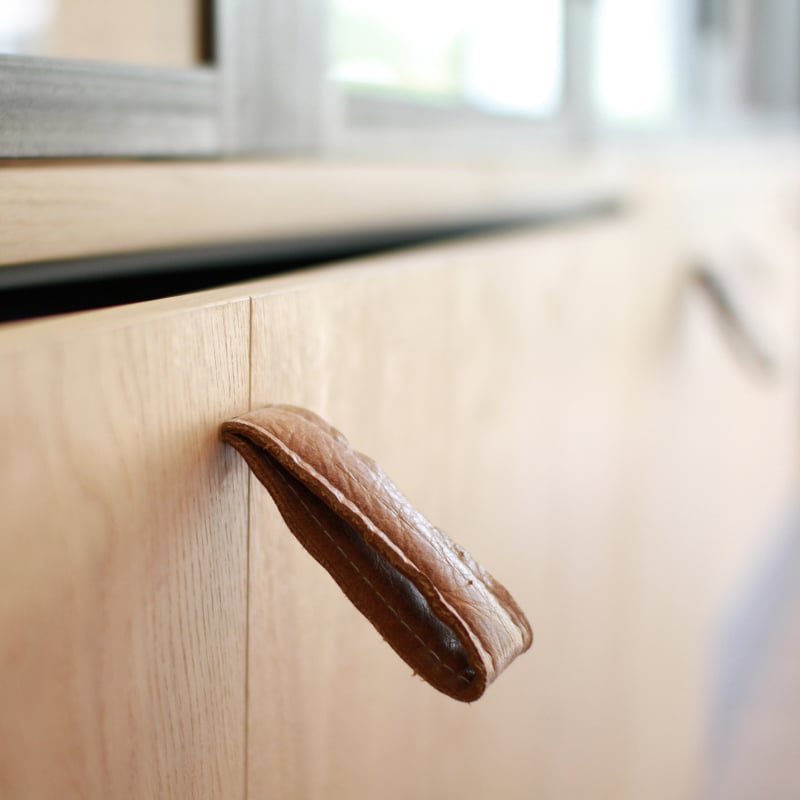 Same colors, different materials
Same colors, different materials
There goes your wonderful concept! 'Look and feel' is no longer there.
The beautiful thing about this basic principle, "The same color in different materials", is that you can explain WHY you picked this color for the bathroom hardware in great detail.
As an example, and you are undoubtedly aware of this... r ed copper goes well with warm tones, especially if the walls have an orange glow or the wood you picked has a red/brown wood grain or pattern. If you present this material combination and justify it, explain it with your own design principles, your client will undoubtedly agree. Suddenly they see it too! What used to be gut feeling has now become science. Now it’s no longer fuzzy gut-feeling but it’s true in your client's eyes! You can now explain it. Why should people still be skeptical of your advice? Isn't that nice?
So, in a nutshell:
1= few and large;
2=Functionality;
3=Same colors in different materials.
Three of the eleven key design principles we call our Heaven Eleven. I use them to ensure that clients do what I recommend them to do. Projects run so much smoother when you have own design principles in place!
Develop your own Designer Principles
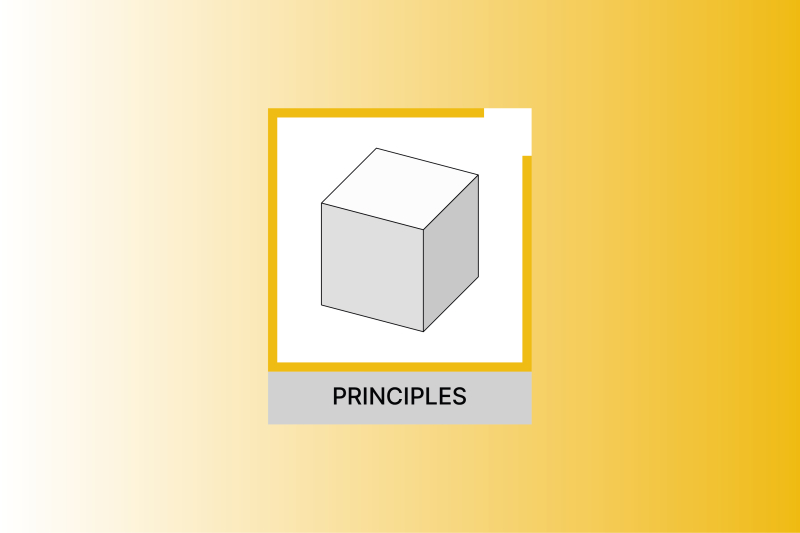 Do you want to learn more about communicating your design religion? The design rules playbook you work by? Do you want to 'keep your clients under control'? And stop them from fluttering criss cross through the design process?
Do you want to learn more about communicating your design religion? The design rules playbook you work by? Do you want to 'keep your clients under control'? And stop them from fluttering criss cross through the design process?
Then click this link and check out the 4D Signature Strategy.
